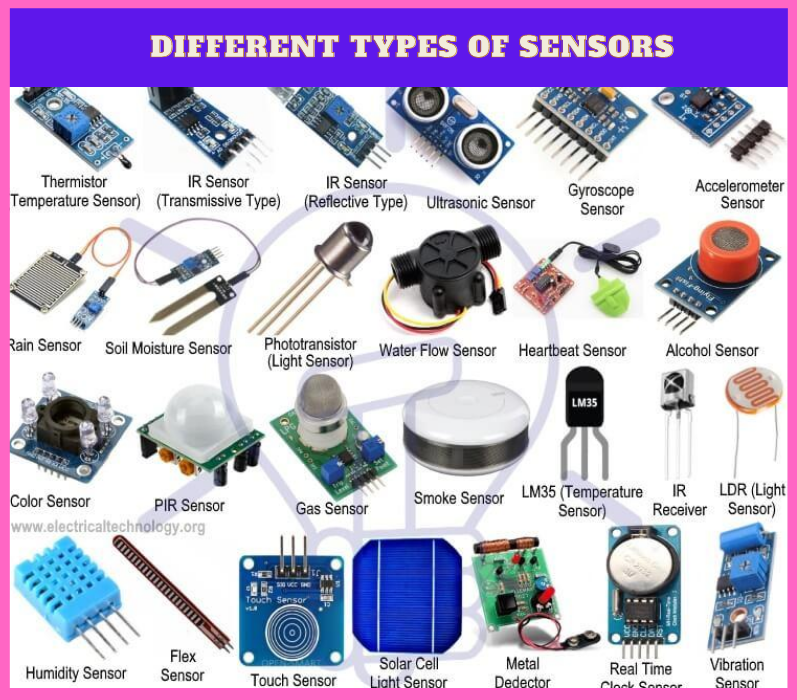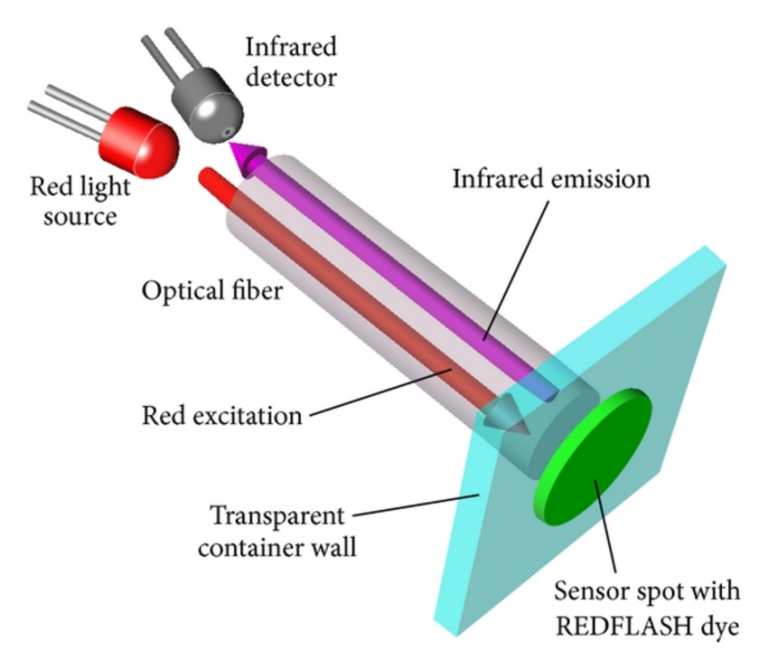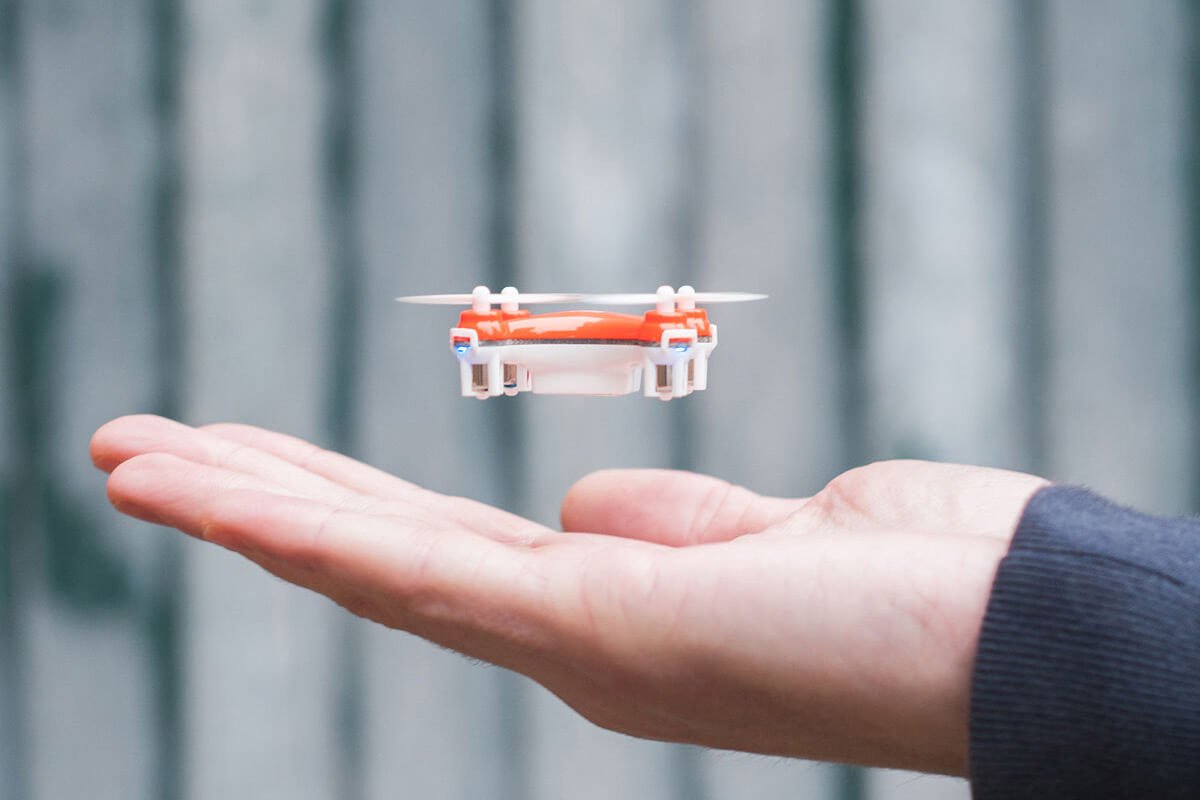Sensor Presentation
| Introduction to Sensors | ||
|---|---|---|
| A sensor is a device that detects and responds to a physical input or stimulus. Sensors are used in a wide range of applications, including automotive, healthcare, and environmental monitoring. They play a crucial role in collecting data and enabling the Internet of Things (IoT) technologies. | ||
| 1 | ||
| Types of Sensors | ||
|---|---|---|
| There are various types of sensors, including temperature sensors, pressure sensors, and motion sensors. Temperature sensors measure the degree of hotness or coldness of an object or environment. Pressure sensors detect changes in pressure and can be used for applications such as monitoring tire pressure. | ||
| 2 | ||
| Working Principle of Sensors | ||
|---|---|---|
| Sensors work based on different principles, such as electrical, optical, or mechanical. Electrical sensors convert physical inputs into electrical signals for processing. Optical sensors use light or infrared radiation to detect changes in the environment. | ||
| 3 | ||
| Sensor Accuracy and Precision | ||
|---|---|---|
| Accuracy refers to how close a sensor's measurement is to the true value. Precision refers to the consistency or repeatability of a sensor's measurements. High accuracy and precision are crucial for reliable data collection and analysis. | ||
| 4 | ||
| Sensor Calibration | ||
|---|---|---|
| Sensor calibration is the process of adjusting a sensor to ensure its accuracy and reliability. Calibration involves comparing the sensor's measurements to a known standard or reference. Regular calibration helps maintain sensor performance and minimize measurement errors. | ||
| 5 | ||
| Applications of Sensors | ||
|---|---|---|
| Sensors are widely used in automotive systems, such as anti-lock braking systems and airbag deployment. They are essential in healthcare devices, such as blood pressure monitors and glucose meters. Environmental monitoring relies on sensors for measuring parameters like air quality and water pollution. | ||
| 6 | ||
| Emerging Trends in Sensor Technology | ||
|---|---|---|
| Miniaturization: Sensors are becoming smaller in size, enabling integration into smaller devices. Wireless Connectivity: Sensors are being equipped with wireless communication capabilities for remote monitoring and control. Artificial Intelligence: Sensors are being combined with AI algorithms to enable smart and autonomous systems. | ||
| 7 | ||
| Conclusion | ||
|---|---|---|
| Sensors are vital components in modern technology, enabling data collection and automation. Continuous advancements in sensor technology drive innovation across various industries. As technology progresses, sensors will continue to play a crucial role in shaping the future. | ||
| 8 | ||







